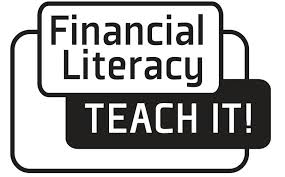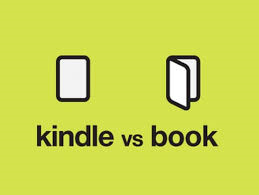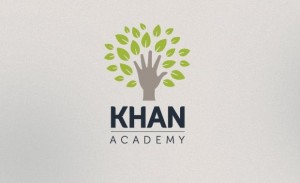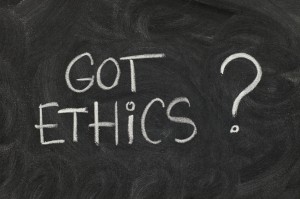11. Financial LITERACY and its IMPORTANCE

Financial literacy, according to Mbazigwe ‘s Canadian Youth Business Foundation blog post, is the ability to comprehend how to perform financial management, investment, expenditure and revenue generation. It is significant to be financially literate since it aids entrepreneurs with maintaining “financially balanced, sustainable, ethical [and] responsible” business.
From the previous blog post, IKEA has invested in a wind farm to practice sustainable business. Would it have been possible to invest in the wind farm without seeing the great future financial value in sustainable practices? Probably not. The manager is not only responsible for acquiring greater profit for its stakeholders, but is also responsible for leading the firm to the direction where the firm can grow. Without being financially literate, it is impossible to be a “good manager” no matter how great the ideas are because the implementation should be realistic, feasible, and hopeful – that is, acquiring financial profits. The investment would also have not been successful if IKEA was not able to afford the great costs of the wind farm. Therefore, financial literacy not only enables the manger to make the right decision for the future, but also helps them review the current financial circumstance of the firm.
————————————————————————————————————————————————————
References:
1. Picture:
2. External Blog:
Christiana Mbazigwe’s blog post: The meaning of financial literacy and its importance










